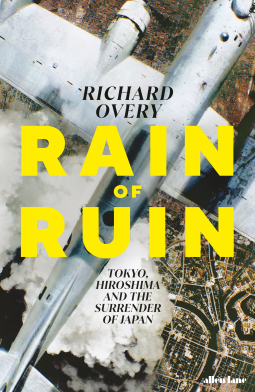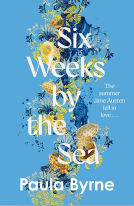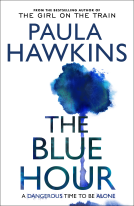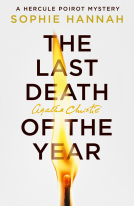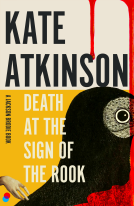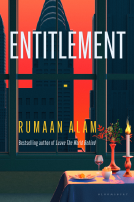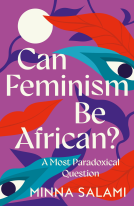Please wait... This may take a moment.
Rain of Ruin
Tokyo, Hiroshima and the Surrender of Japan
by Richard Overy
This title was previously available on NetGalley and is now archived.
Buy on Amazon
Buy on Waterstones
*This page contains affiliate links, so we may earn a small commission when you make a purchase through links on our site at no additional cost to you.
Pub Date
6 Mar 2025
| Archive Date
31 Aug 2025
Description
A remarkable account of the terrible climax of the Second World War in Asia, published to coincide with the 80th anniversary of the Hiroshima bombing.
'A short but quietly devastating book, in which Overy adds new perspectives to a subject that has often been approached from a narrowly American angle... Overy's book is a sombre reminder that the border between civilisation and savagery is wafer-thin.' - Philip Snow, Literary Review
In the closing months of the Second World War hundreds of thousands of Japanese, mostly civilians, died in a final outburst of violence from the air. American planes were beginning to run low on plausible targets when it was decided to use two atomic weapons in a final, terrible flourish to try to end the war.
Richard Overy’s remarkable new book rethinks how we should regard this last stage of the war and the role of the bombing. This book explores the way in which the willingness to kill civilians and destroy cities became normalized in the course of a horrific war as moral concerns were blunted and scientists, airmen, and politicians followed a strategy of mass destruction they would never have endorsed before the war began. But it also engages with the new scholarship that shows how complex the effort to end the war was in Japan, where ‘surrender’ was entirely foreign to Japanese culture.
A remarkable account of the terrible climax of the Second World War in Asia, published to coincide with the 80th anniversary of the Hiroshima bombing.
'A short but quietly devastating book, in which...
Description
A remarkable account of the terrible climax of the Second World War in Asia, published to coincide with the 80th anniversary of the Hiroshima bombing.
'A short but quietly devastating book, in which Overy adds new perspectives to a subject that has often been approached from a narrowly American angle... Overy's book is a sombre reminder that the border between civilisation and savagery is wafer-thin.' - Philip Snow, Literary Review
In the closing months of the Second World War hundreds of thousands of Japanese, mostly civilians, died in a final outburst of violence from the air. American planes were beginning to run low on plausible targets when it was decided to use two atomic weapons in a final, terrible flourish to try to end the war.
Richard Overy’s remarkable new book rethinks how we should regard this last stage of the war and the role of the bombing. This book explores the way in which the willingness to kill civilians and destroy cities became normalized in the course of a horrific war as moral concerns were blunted and scientists, airmen, and politicians followed a strategy of mass destruction they would never have endorsed before the war began. But it also engages with the new scholarship that shows how complex the effort to end the war was in Japan, where ‘surrender’ was entirely foreign to Japanese culture.
Available Editions
| EDITION |
Other Format |
| ISBN |
9780241700693 |
| PRICE |
£25.00 (GBP)
|
| PAGES |
224
|
Available on NetGalley
NetGalley Shelf App (PDF)
Send to Kindle (PDF)
Download (PDF)
Additional Information
Available Editions
| EDITION |
Other Format |
| ISBN |
9780241700693 |
| PRICE |
£25.00 (GBP)
|
| PAGES |
224
|
Available on NetGalley
NetGalley Shelf App (PDF)
Send to Kindle (PDF)
Download (PDF)
Average rating from 4 members
Readers who liked this book also liked:
After Midnight
Daphne du Maurier
General Fiction (Adult), Horror, Literary Fiction
Cold War Britain
Fraser McCallum; Collins Books
Arts & Photography, History, Reference
The Blue Hour
Paula Hawkins
General Fiction (Adult), Mystery & Thrillers
Dead and Alive
Zadie Smith
Biographies & Memoirs, Essays & Collections, Nonfiction (Adult)
Entitlement
Rumaan Alam
General Fiction (Adult), Literary Fiction
The Silver Book
Olivia Laing
General Fiction (Adult), Mystery & Thrillers, Romance
